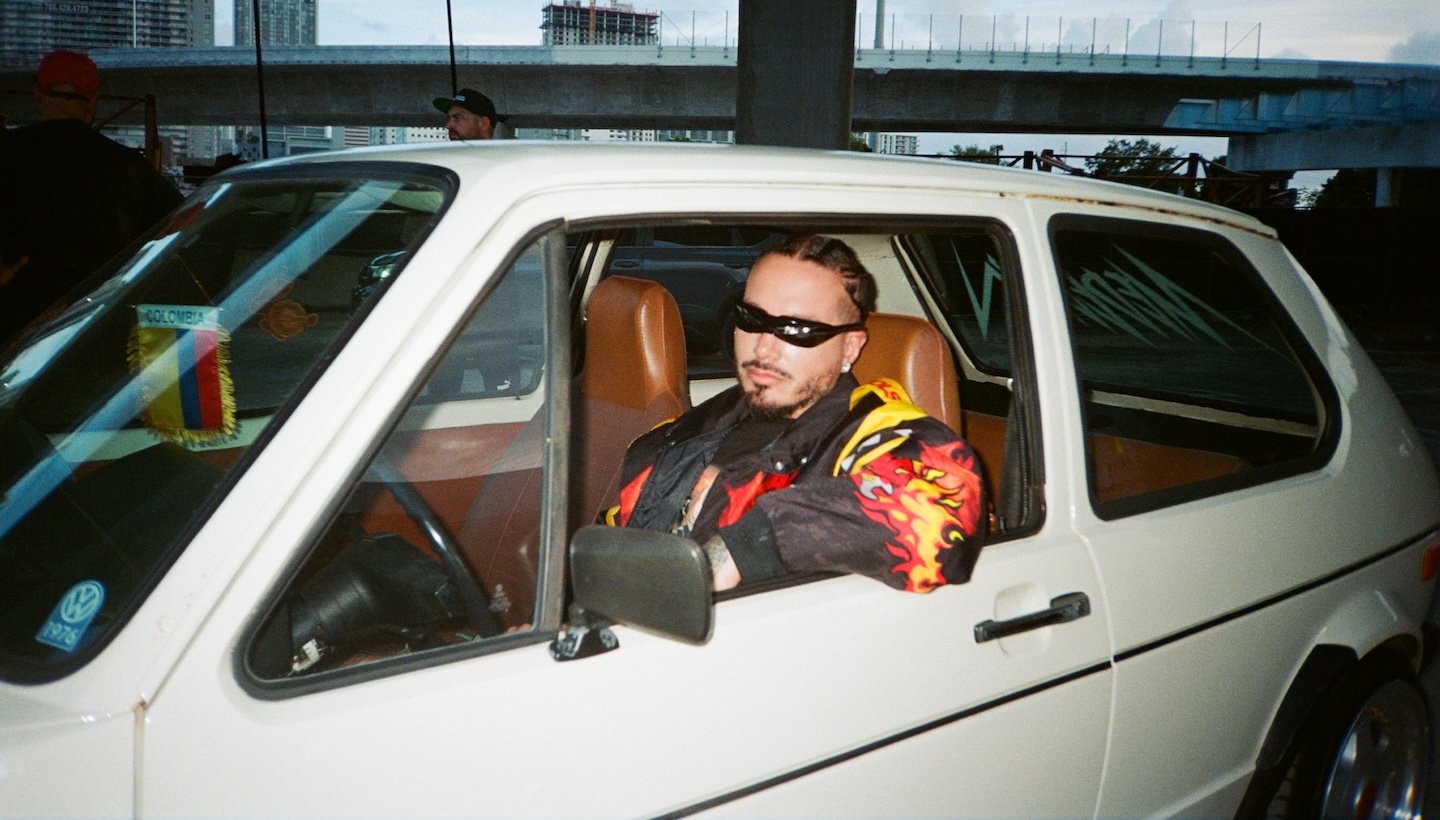
El aclamado colombiano J Balvin ha conquistado al mundo con su música durante más de una década. Fans desde Latinoamérica hasta Europa están cautivados por la energía del “El Niño de Medellín” y sus ritmos contagiosos. De hecho, cada segundo, 140 canciones de J Balvin son reproducidas en Spotify, y sus temas se encuentran en más de 240 millones de playlists creadas por los usuarios.
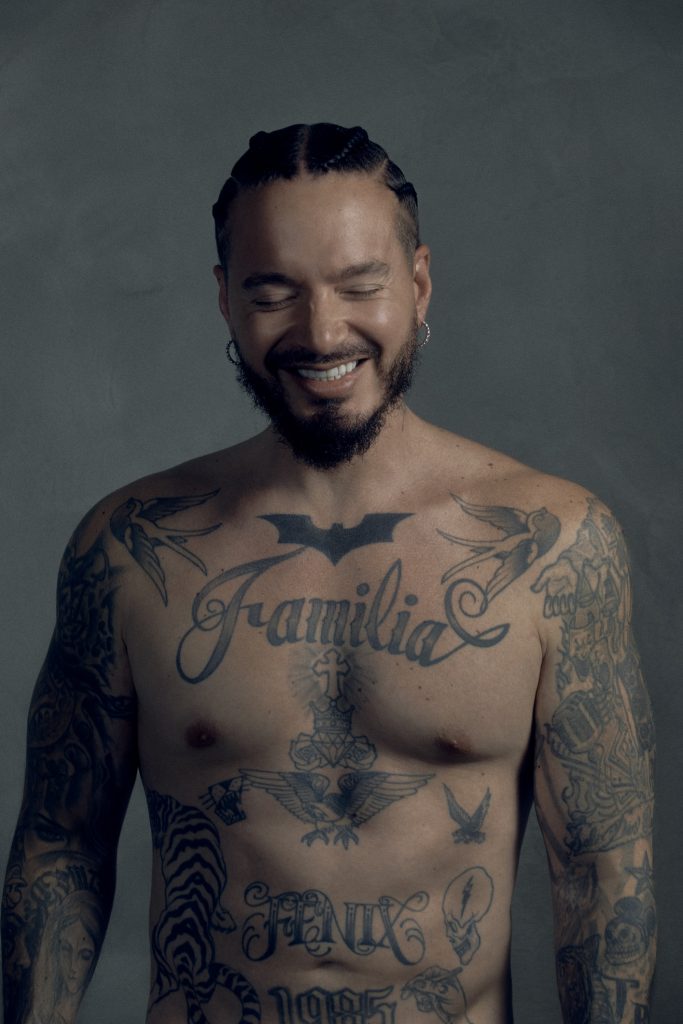 No solo es uno de los nombres más influyentes en la música urbana, sino que también ocupa el segundo lugar como el artista latino más escuchado en Spotify de todos los tiempos. Sus grandes éxitos incluyen “LA CANCIÓN” con Bad Bunny, “I Like It” con Bad Bunny y Cardi B, y “Mi Gente” con Willy William, cada uno con más de mil millones de reproducciones.
No solo es uno de los nombres más influyentes en la música urbana, sino que también ocupa el segundo lugar como el artista latino más escuchado en Spotify de todos los tiempos. Sus grandes éxitos incluyen “LA CANCIÓN” con Bad Bunny, “I Like It” con Bad Bunny y Cardi B, y “Mi Gente” con Willy William, cada uno con más de mil millones de reproducciones.
Ahora, el pionero del reggaetón regresa con su nuevo álbum Rayo, que se estrena hoy. J Balvin es bien conocido por sus colaboraciones estelares, y el primer sencillo del álbum, “Polvo de tu vida”, lo hace junto al puertorriqueño Chencho Corleone. Desde su lanzamiento en junio, la canción ha acumulado más de 16 millones de reproducciones. Y para dar una idea de dónde provienen esos oyentes, Bogotá es la ciudad con más streams, seguida por Madrid, Barcelona, Santiago de Chile y Ciudad de México.
El segundo sencillo, “Gaga”, es una colaboración con el artista español SAIKO. Este tema también está cosechando éxito rápidamente, con más de siete millones de reproducciones desde su lanzamiento en julio, y ha visto un aumento notable en escuchas en España, México y Estados Unidos.
For the Record habló con J Balvin para descubrir más sobre la inspiración detrás de su último proyecto, con quién le gustaría colaborar en el futuro y qué otros géneros colombianos disfruta escuchar.
Cuéntanos sobre Rayo.
Rayo trata de volver a mi esencia. Rayo es el nombre de mi primer carro, un carro que mi padre compró con mucho esfuerzo para mí. Solía llevar a mis amigos del colegio y les cobraba una tarifa mensual como conductor.
Ese carro me permitió llevar mi música a diferentes barrios, clubes y escuelas. Vendía CDs en la calle y en eventos como “Sonido sobre Ruedas”, donde todos llegaban con sus sistemas de sonido y sus carros. Incluso llegué a vender ropa desde la parte de atrás de Rayo.
Rayo tuvo un papel importante en la historia del reggaetón en Medellín, porque me llevó a muchos lugares que hoy en día han sido profundamente impactados por la escena del reggaetón. Así que, Rayo, el álbum, trae mucha nostalgia, porque se trata de regresar a mi esencia, a quien era cuando hacía música sin pretensiones, sin pensar en números o reproducciones, sino simplemente disfrutando como un niño.
¿Qué artistas te inspiran?
Daddy Yankee es la razón por la que decidí entrar en el mundo del reggaetón. Pero tengo muchas otras inspiraciones: Craig David, Kurt Cobain, James Hetfield de Metallica y Ed Sheeran, que es un gran amigo mío.
Cada época tiene artistas que dejan una gran huella en diferentes momentos. Estos son algunos de ellos, pero hay muchos más.
¿Qué otros géneros de música colombiana escuchas?
Me encanta la Salsa Colombiana, especialmente la de Cali y Medellín. También me fascina la música vallenata, como la de Silvestre Dangond. Admiro mucho lo que hace Andrés Cepeda, al igual que Fonseca. Disfruto mucho del rock de Juanes, que es de mi ciudad natal. “El Rock De Mi Pueblo” de Carlos Vives también es un álbum que me gusta mucho. Creo que Colombia tiene una música increíble. Por supuesto, también está la música tradicional como la cumbia y el joropo. Aunque esa música puede ser menos comercial, su sabor y ritmo están muy presentes en la música del país.
Eres conocido por tus colaboraciones. ¿Con qué artistas, compositores o productores de la nueva escena de música urbana en Colombia te gustaría colaborar?
Han surgido muchos talentos. En este momento, está Kapo con su canción Afrobeat “Ohnana”, Esteban Rojas de Cali, que me gusta mucho, y Philip Ariaz de Medellín, que es increíble. Nath de Medallo también es muy buena. Pirlo de Cali es fantástico, y El H de la costa también es genial. Hay tantos artistas. Pero con todos ellos, sé que si surge la oportunidad, podríamos trabajar juntos y disfrutar de la conexión que tenemos.
¿Cómo te ha apoyado Spotify a ti y a tu música?
Spotify ha sido fundamental para mi carrera. La plataforma me ha ayudado a llegar a una audiencia realmente global. Desde que me convertí en el artista más escuchado a nivel mundial hace un par de años, realmente he visto lo valioso que es Spotify para ayudar a los artistas a ser descubiertos, y cómo los oyentes pueden explorar diferentes culturas de otros países a través de sus listas Top 50.
¿Cómo te gusta descubrir nueva música en Spotify?
Cada día se lanzan miles de canciones. Me gusta concentrarme en las listas Top 50, no solo en los países latinos, que suelen ser el núcleo donde se reproduce nuestra música, sino que también me interesa mucho lo que se escucha en lugares como Nigeria, Japón, Suecia, Países Bajos, Lituania y Polonia. Esto me ayuda a ampliar mi perspectiva y a pensar en otros géneros y lenguajes que quizá no conocía antes.
Regresa a los inicios con J Balvin y su nuevo álbum Rayo, disponible ahora.







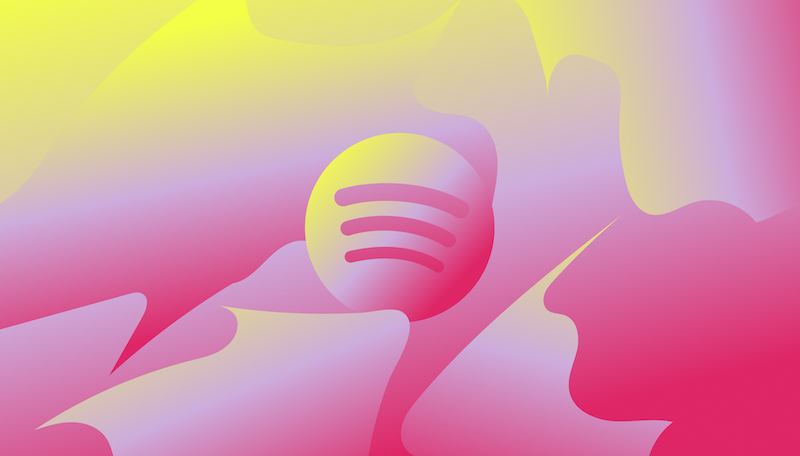
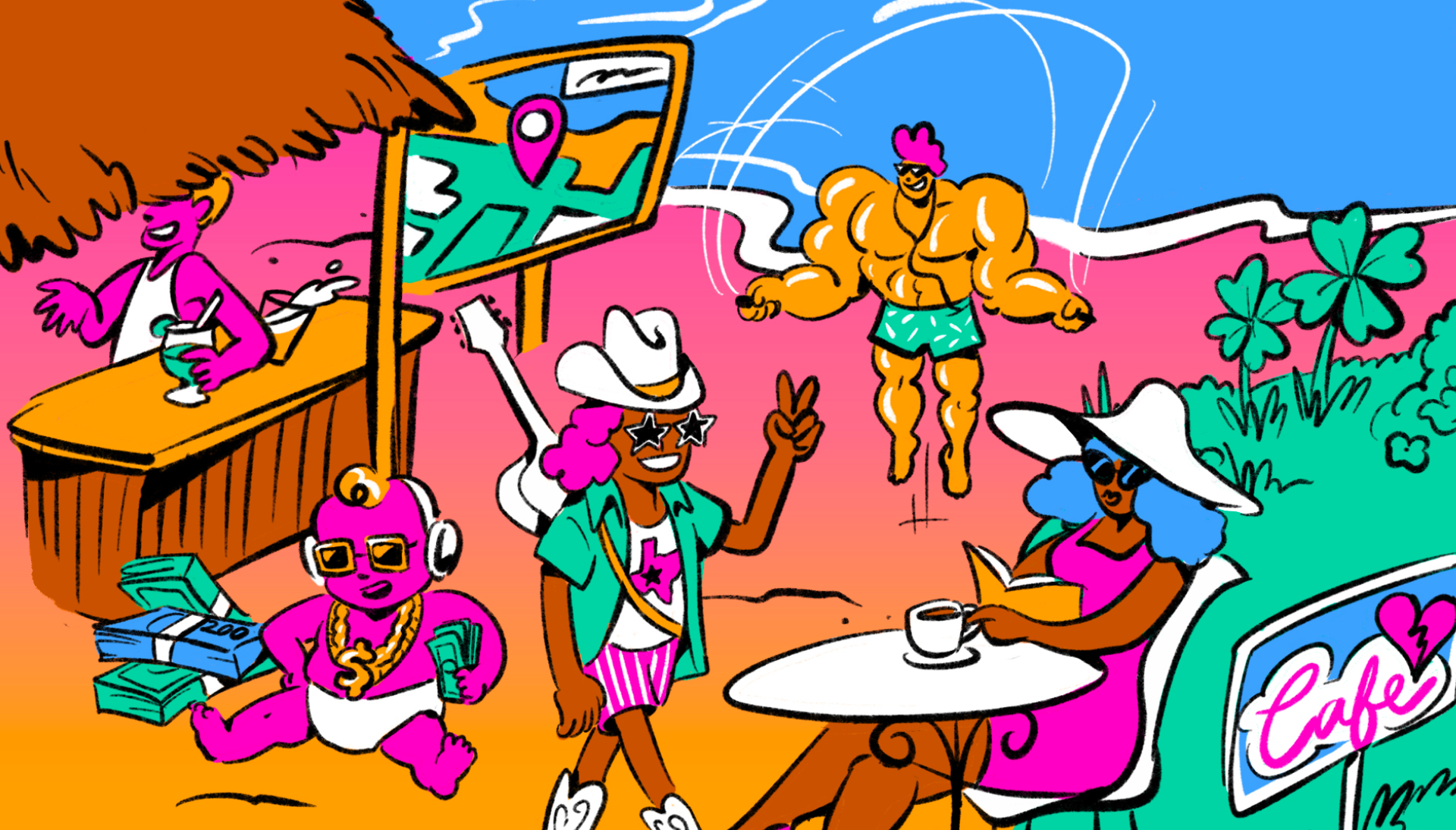
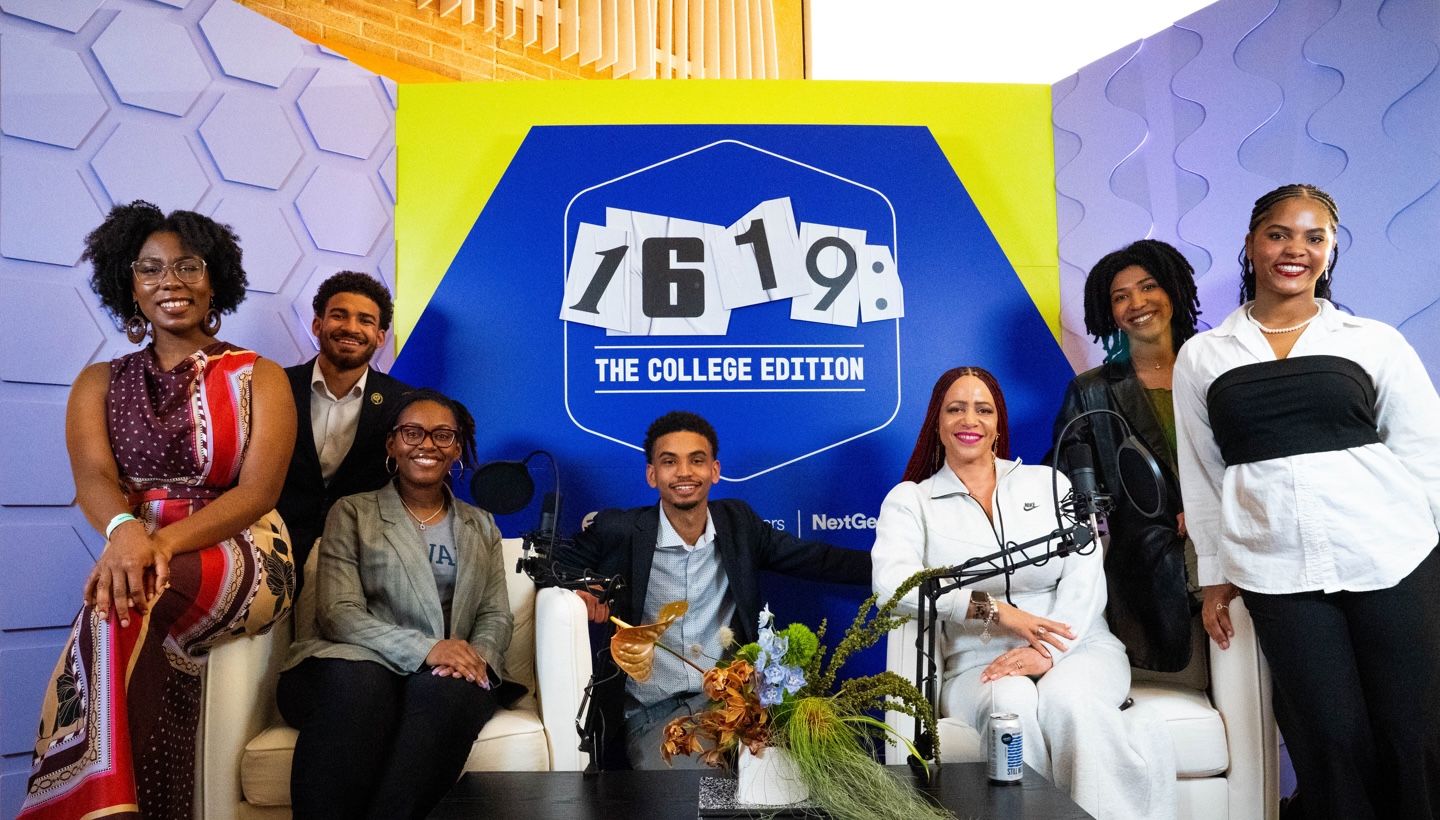
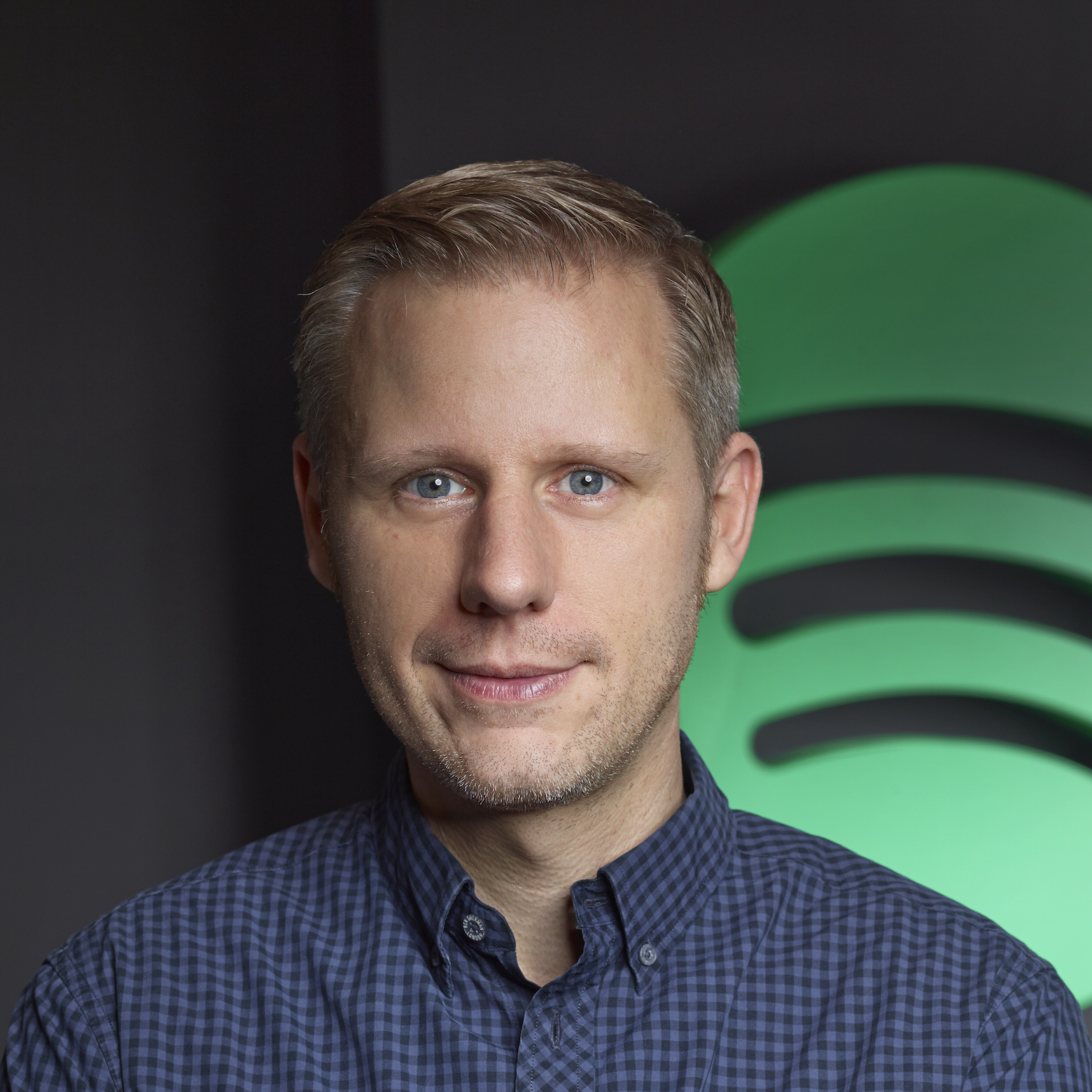
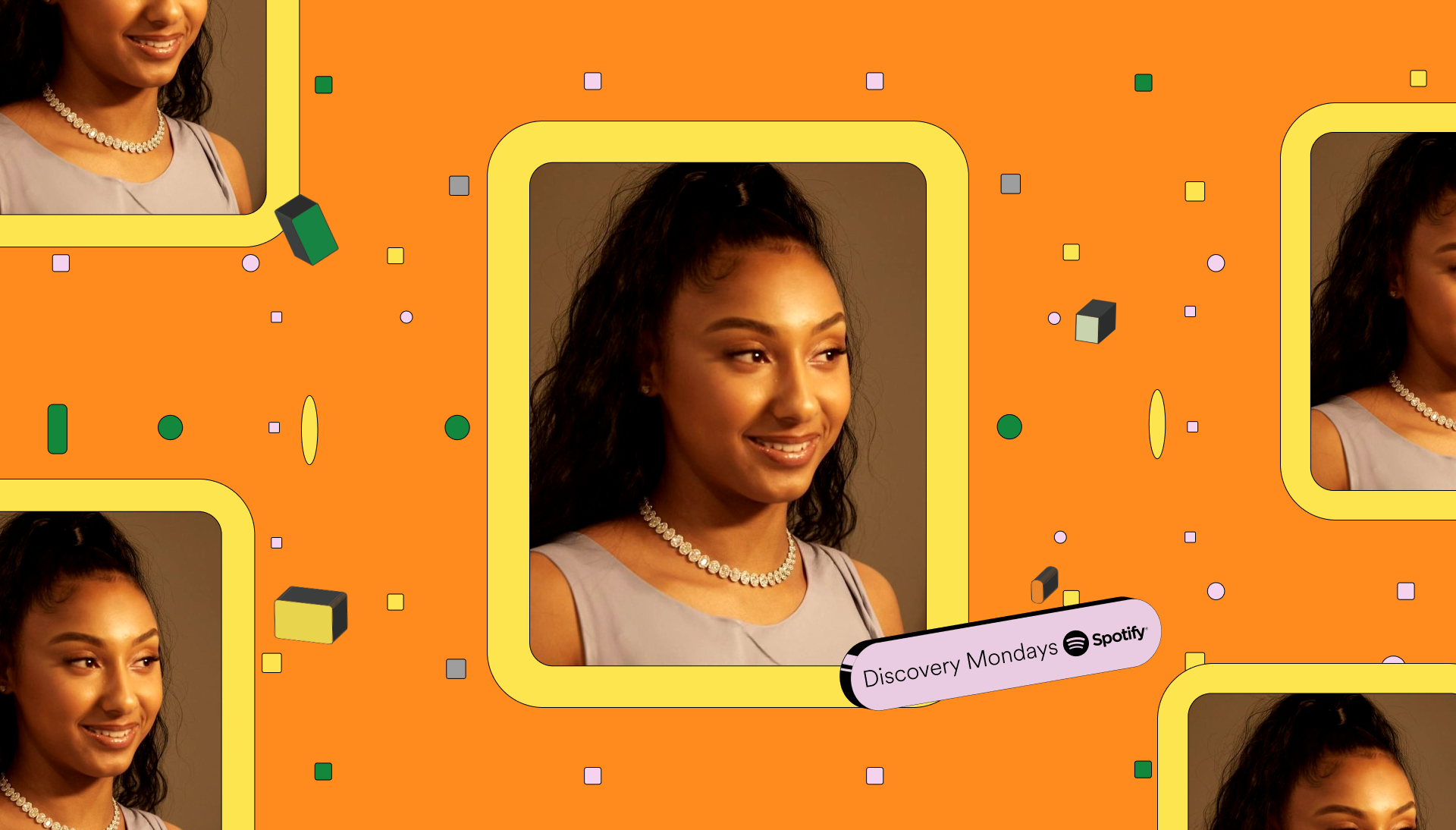
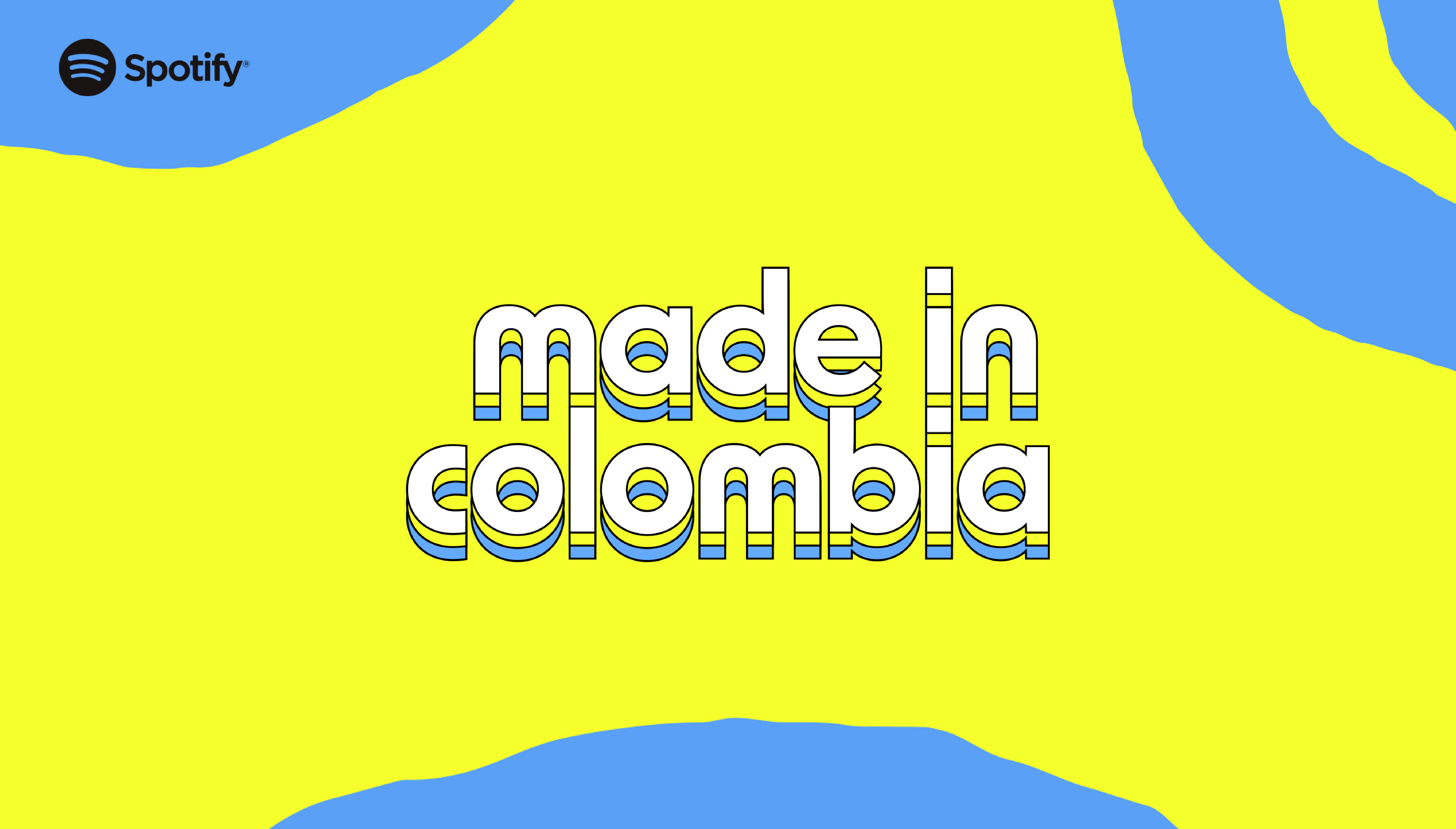
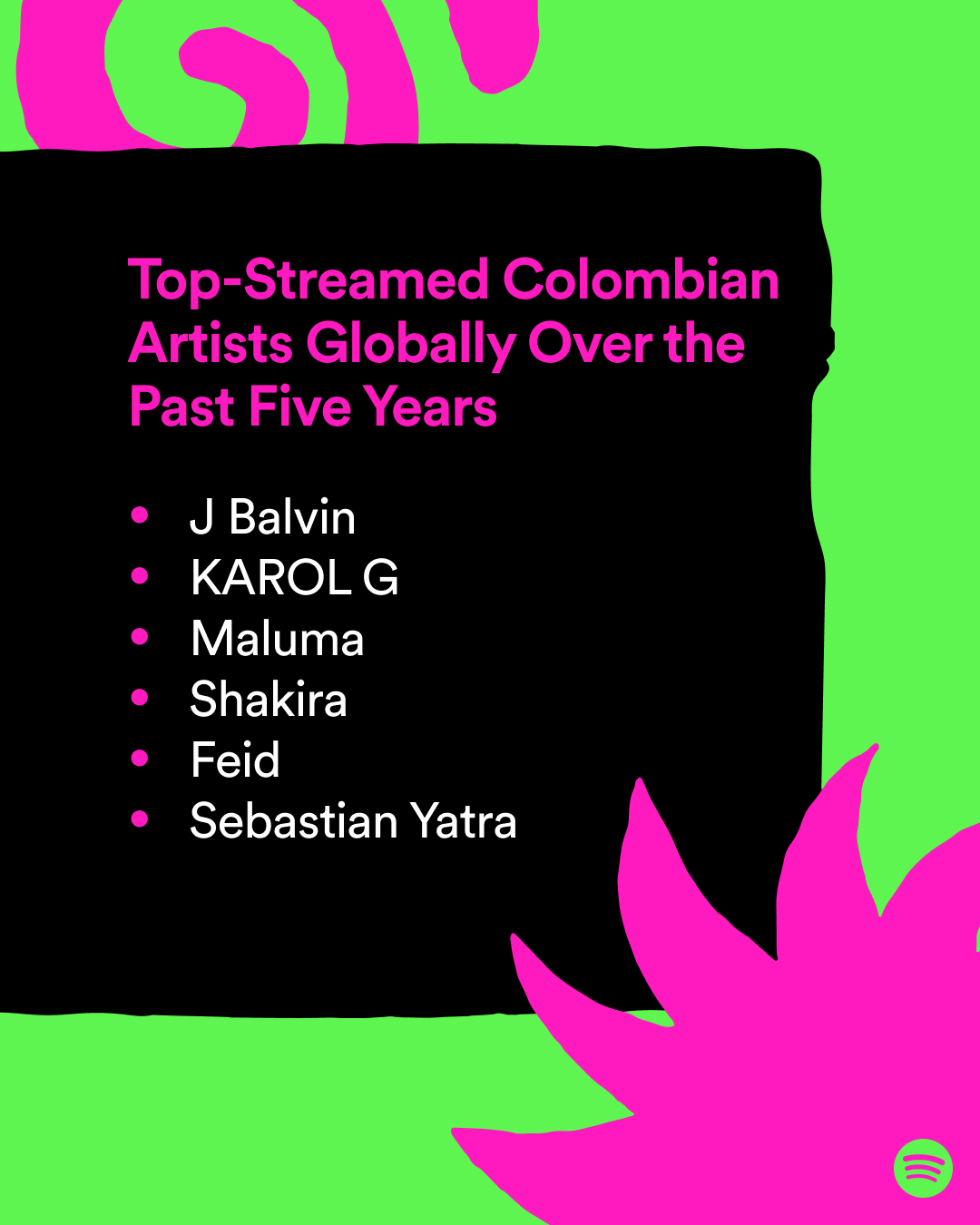




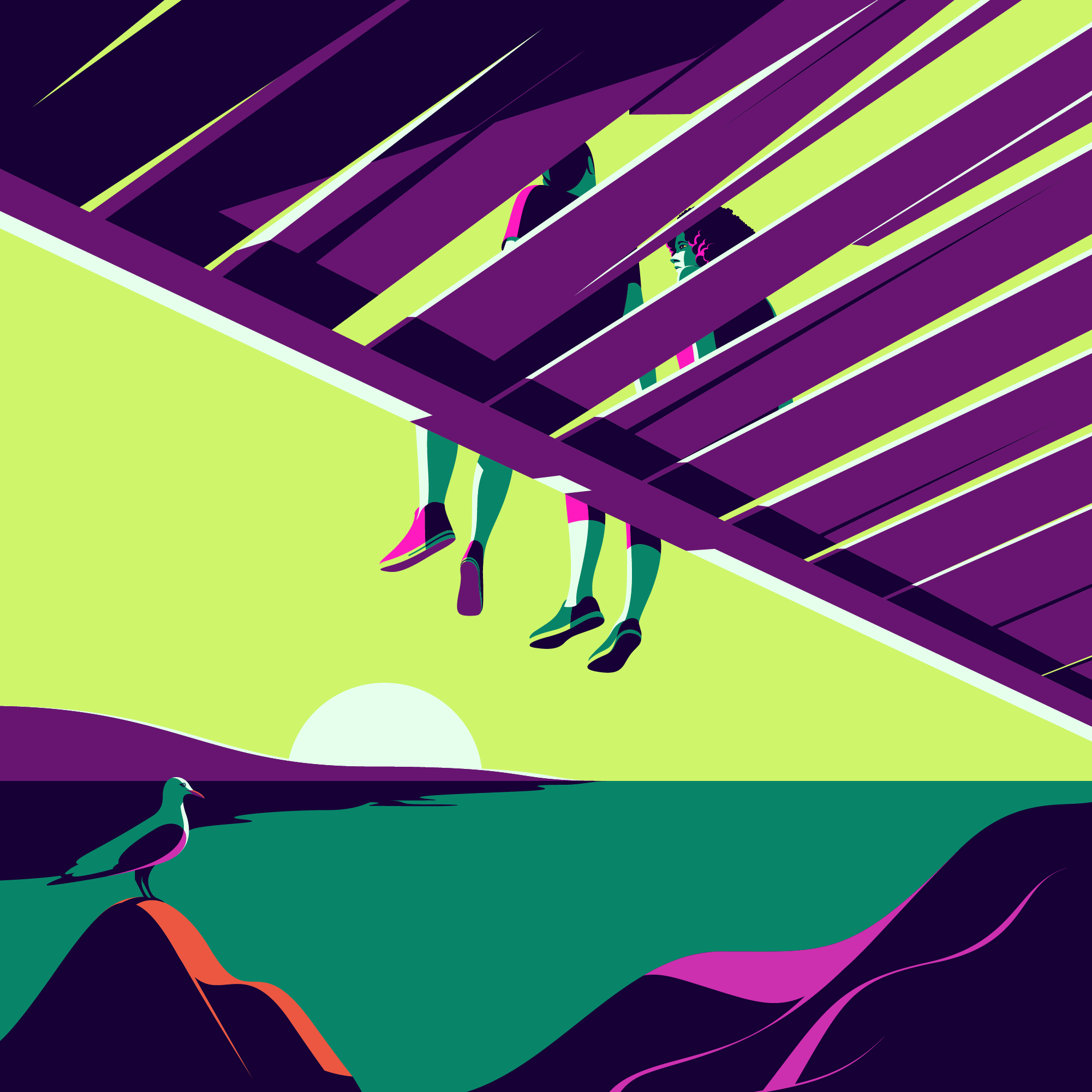



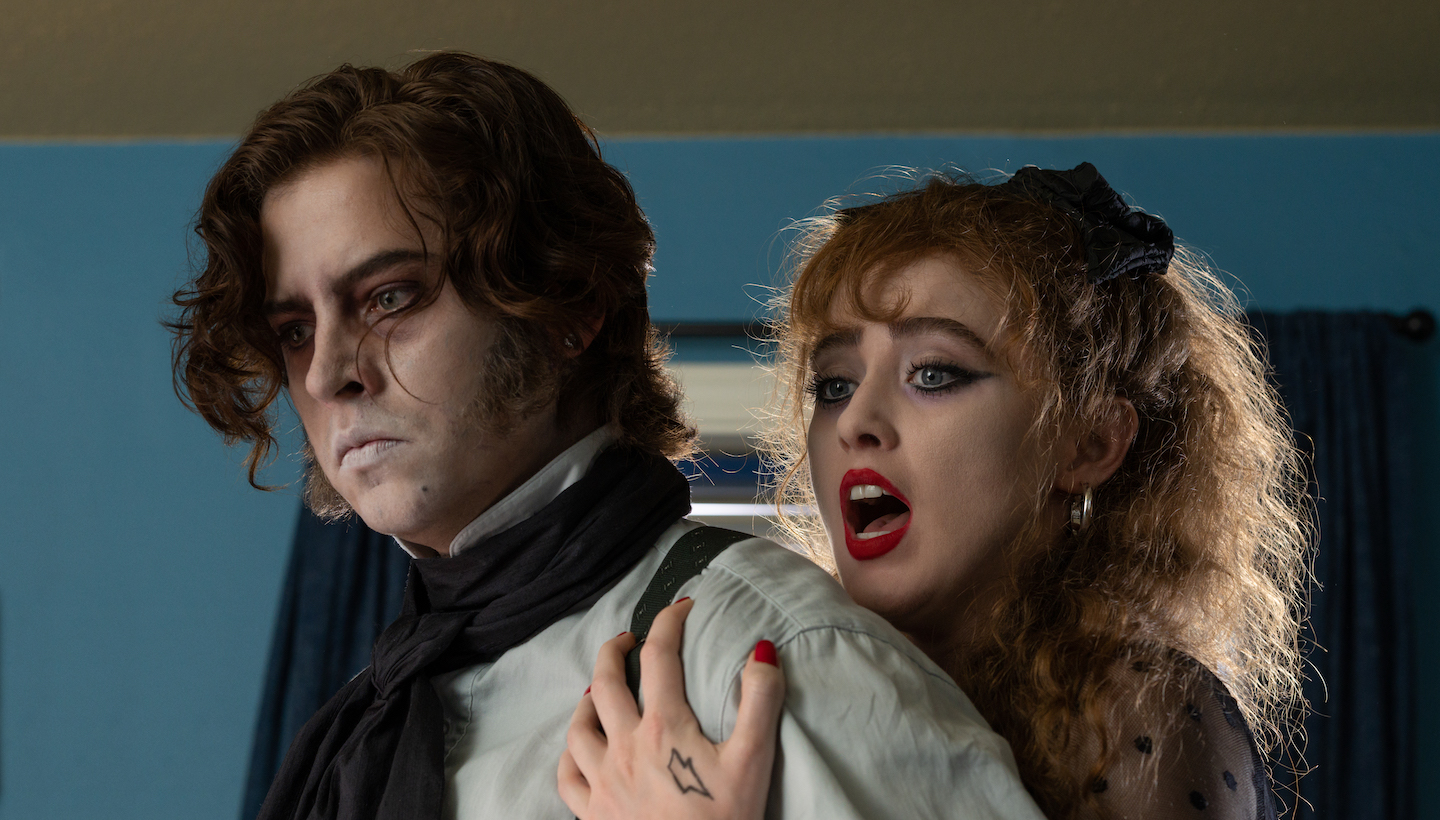


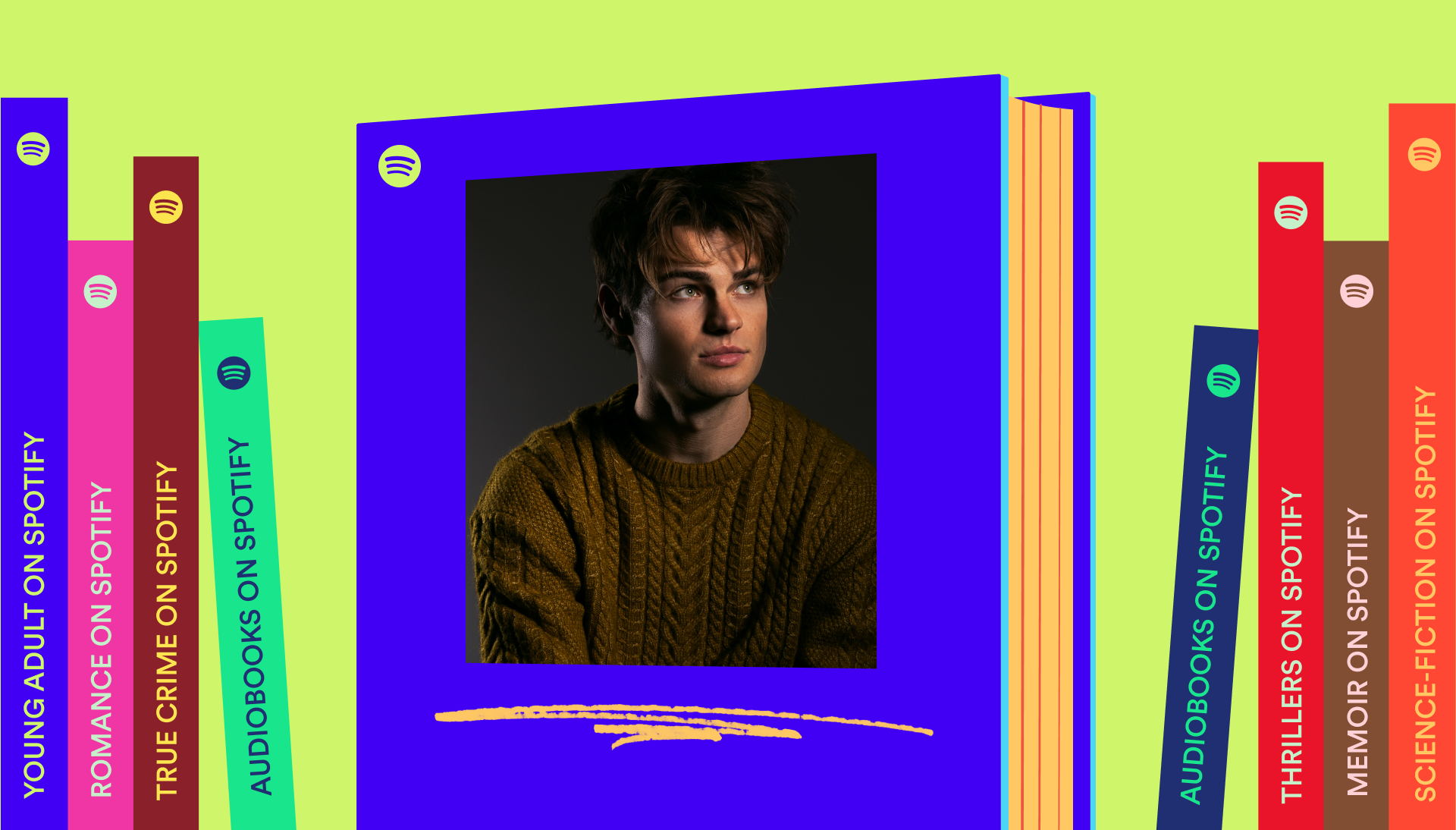
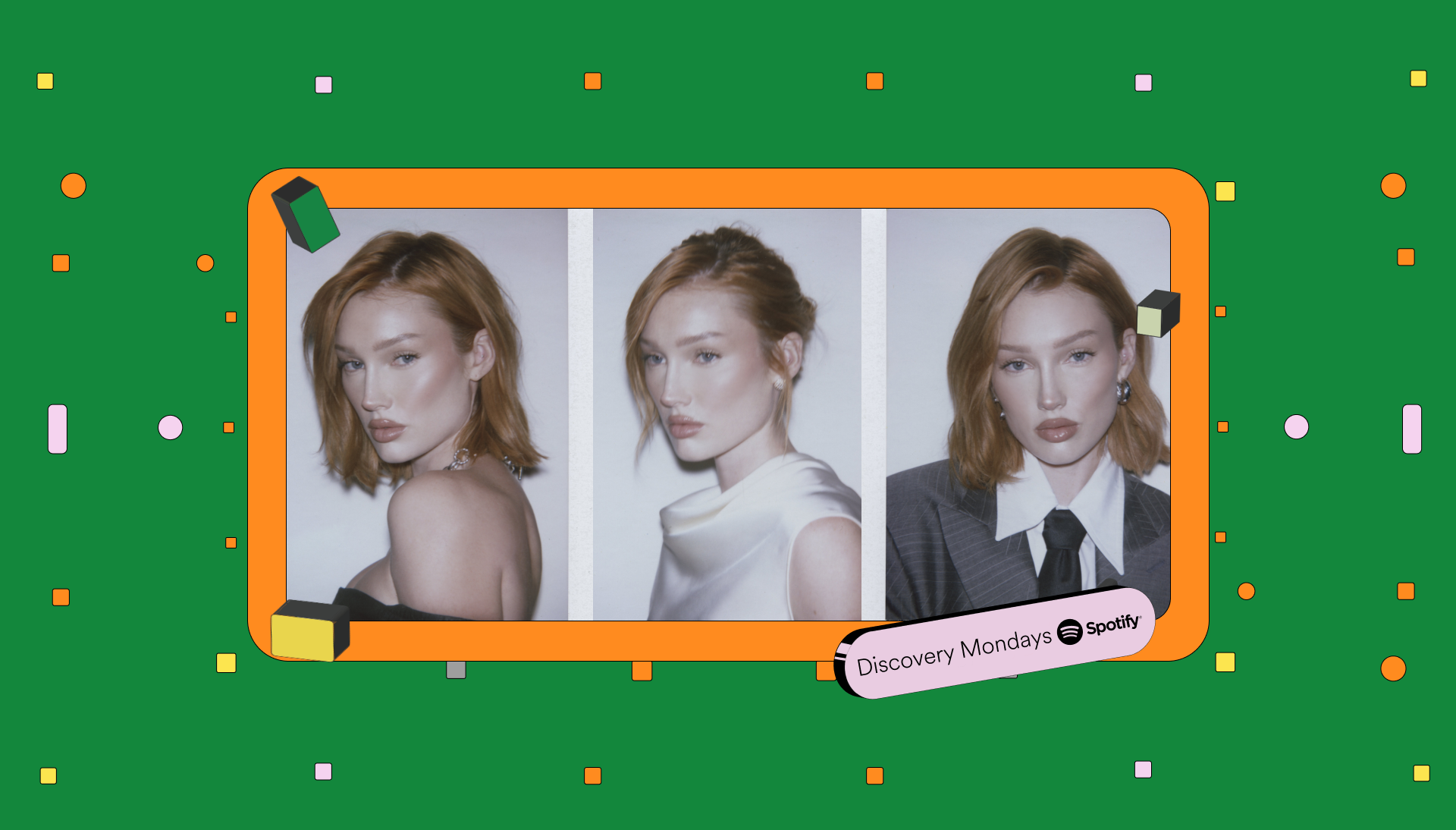
Recent Comments